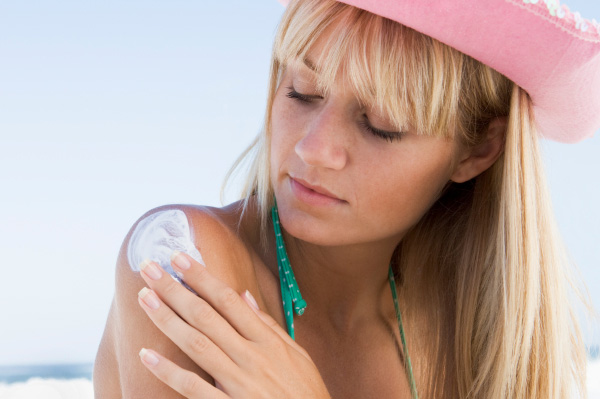There have been continuous researches and studies about the sun’s harmful effects on human body. The UV-A light is apparently the primary cause of premature aging in humans. The sunscreen helps you diminish the harm, protecting the skin from the tanning, damage and cancer.
An integral component of sunscreen is its application and administration. Improper administration can reduce its impact, leaving the skin susceptible to harm. It is important to get a thorough idea about the sunscreen, its types and application for best results. Proper application and incorporation of the sunscreen can bring encouraging benefits for experiencing healthy looking skin.

Don’t sunbath
People find it okay to sunbath as long as the sunscreen is there, although it increases the risk of damaging the skin.
Why it is wrong?
None of the sunscreens can provide complete protection from the sun’ ultraviolet rays. The probability of damaging skin increases due to prolonged exposure to the sun, even though limited by your sunscreen. Overexposure, accompanied with poor life style, can result in basal-cell carcinoma or squamous cell carcinoma (both are cancer types). The UV-B can result in damaging the DNA, although most of the rays are converted to heat by melanin.
You can make the sunscreen more effective by applying it properly. Apply sunscreen on a regular basis, even during winter season. Your skin is susceptible to the damaging sun rays even during cloudy days. Many people experience sunburns even after using sunscreen regularly. The possible reason is over exposure to sun. You should avoid unprotected UVR exposure particularly between 10:00 AM and 4:00 PM, as this is the duration when the ultraviolet radiations are at peak. Keep away from overhead sun. The beach umbrellas are also incomplete protections from sunburns. You can also experience sunburns while swimming inside water.
It is recommended to keep infants away from the sun’s harmful rays, or cover up as far as possible when under sun. However, the sunscreen can potentially keep infants also safe and protected. Children spend considerable time playing in the sun. Their long-term health needs skin care as well.
The right way
Avoid going out in the sun. Be proactive and choose your sunscreen wisely. Usually, SPF 8-12 works well for general people. If you are sensitive to light, select a sunscreen with SPF 12-20. For the regular office goers, SPF under 15 should be sufficient. But if you have a liking for nature and want to be out for long, choose one which has SPF more than 30. For the swimmers, a water-proof sunscreen should be used. While using sunscreen, do not forget the lips and ears. A lip balm with SPF 15 and above works well.
Applying a thin layer of sunscreen may not work well. Look for instructions on the label for best results. Apply a liberal coat prior to going out, around half an hour before getting exposed. Re-apply when facing sun again. For the peak hours, equip yourself with some useful accessories like an umbrella, sunglasses and hat. Prefer long sleeve clothes to ditch the sun. It is recommended to re-apply sunscreen for every two hours which is spent unexposed.
There are several sunscreens which do not provide any protect from UV-A rays. They remain only on the skin. A full-spectrum sunscreen is recommended for protecting the skin from both UV-A and UV-B rays, which can be largely harmful.


